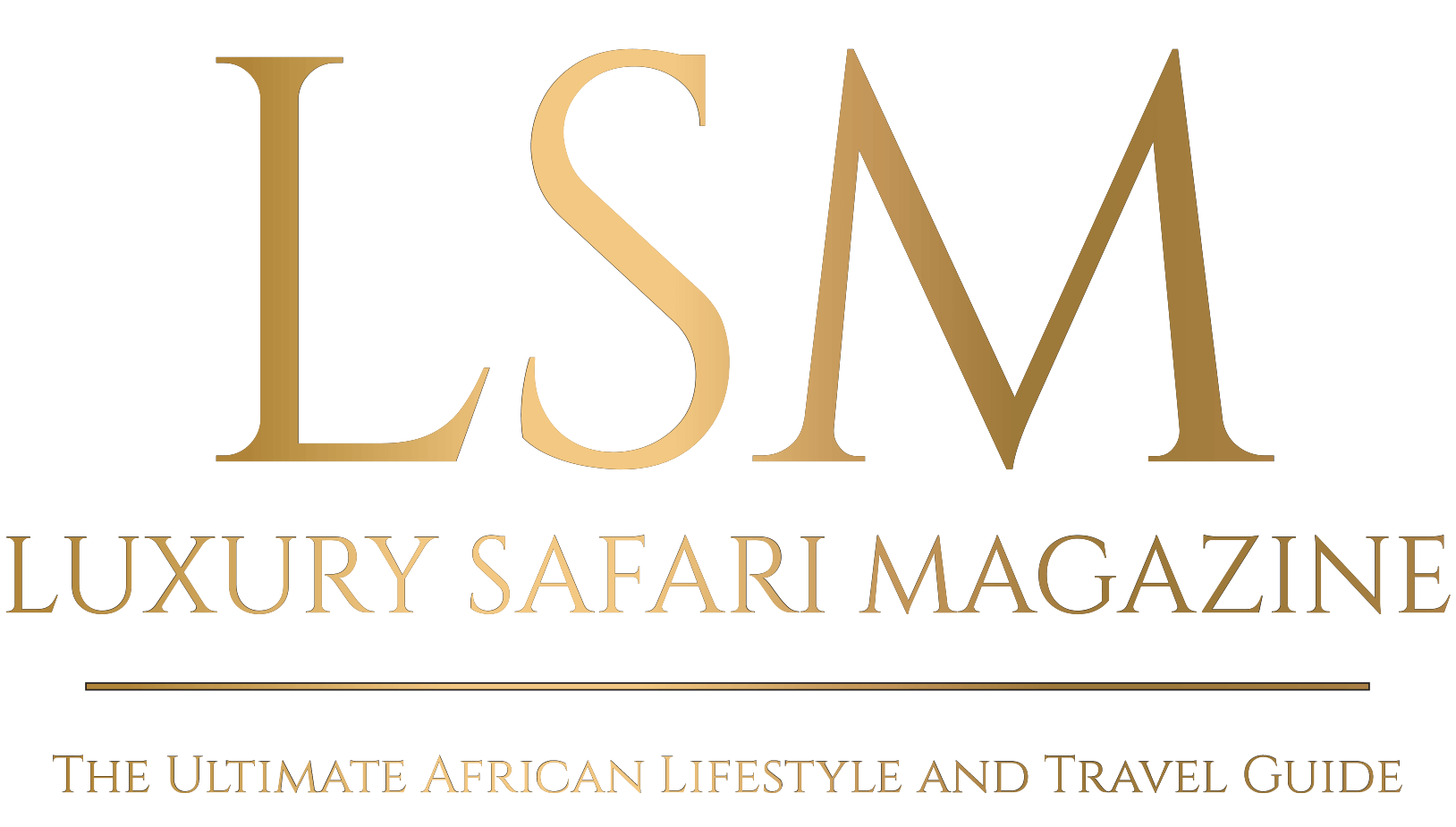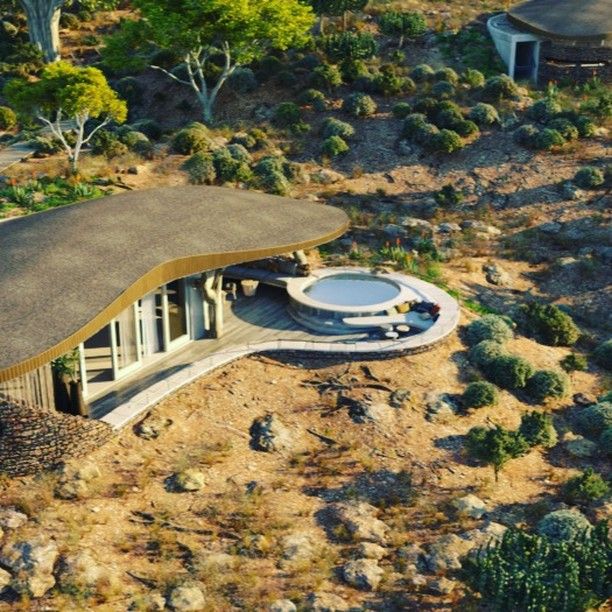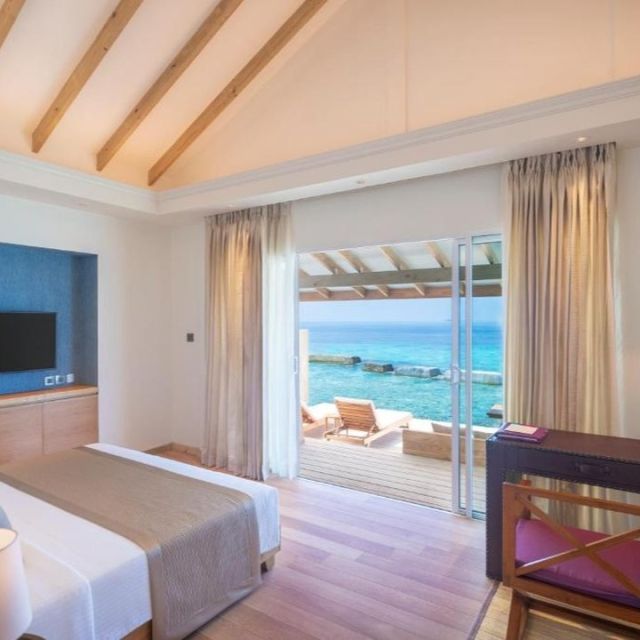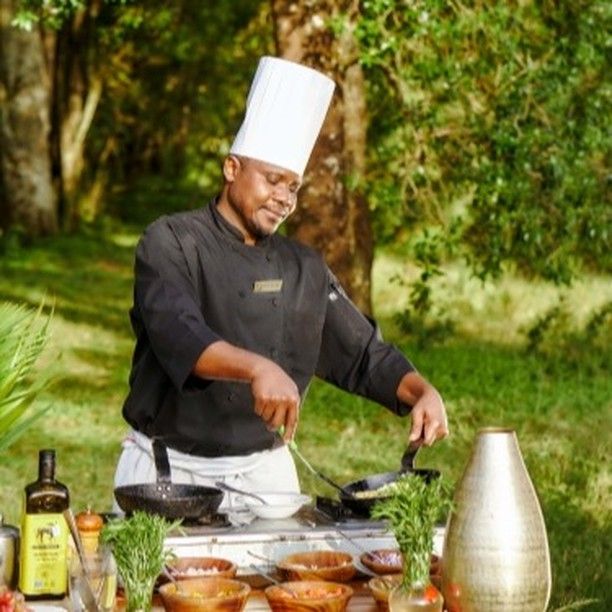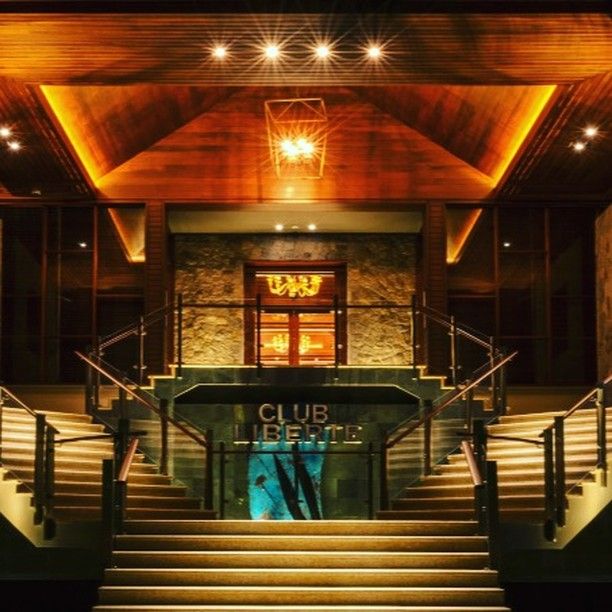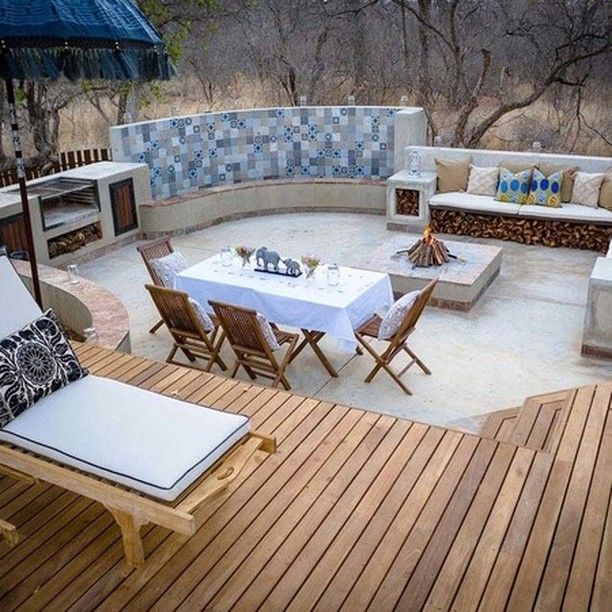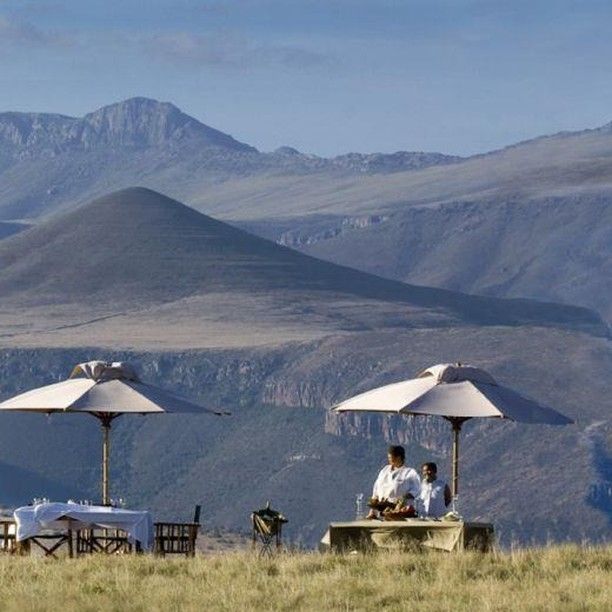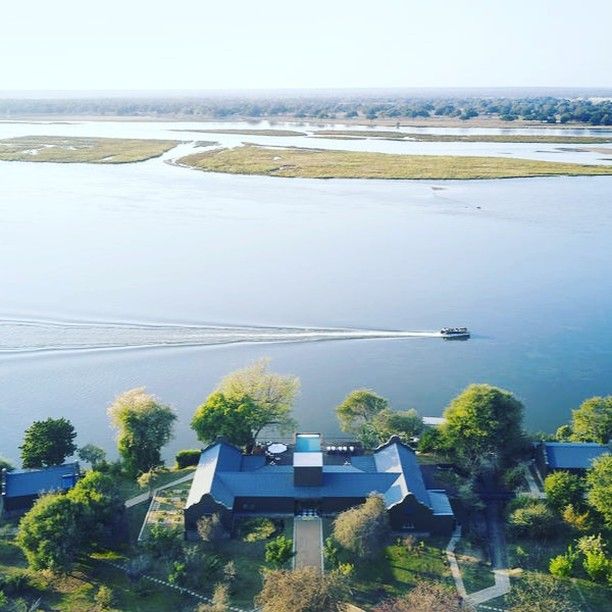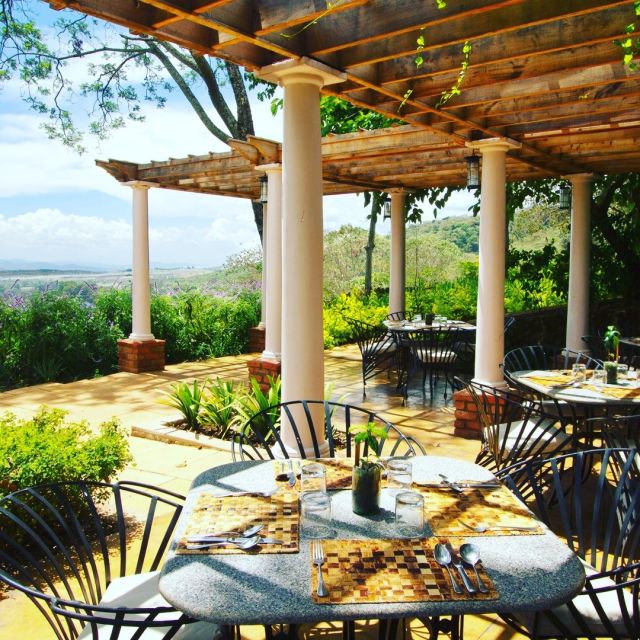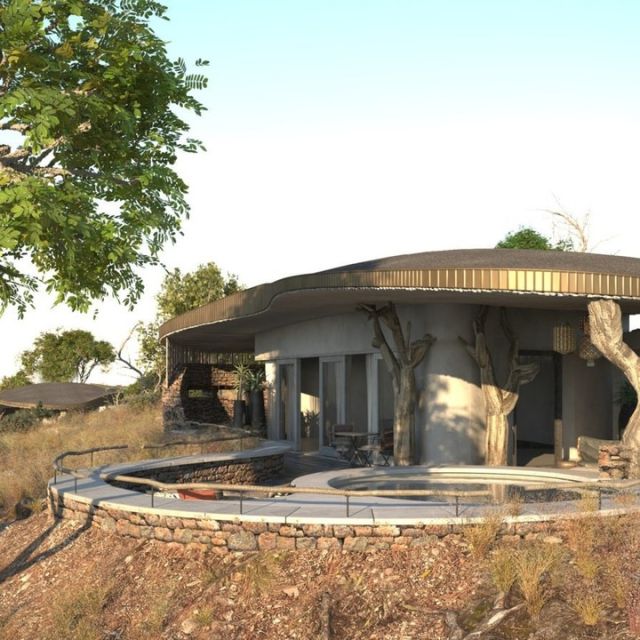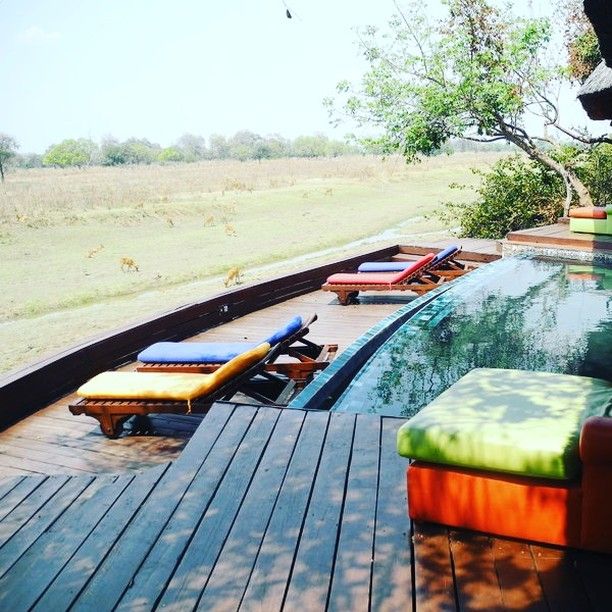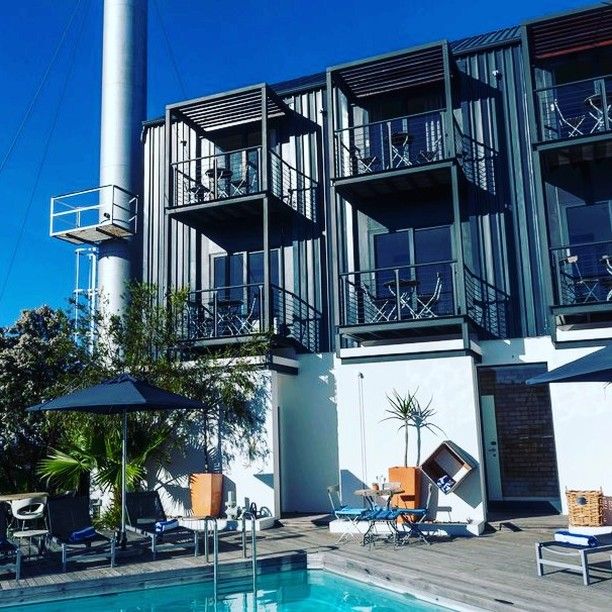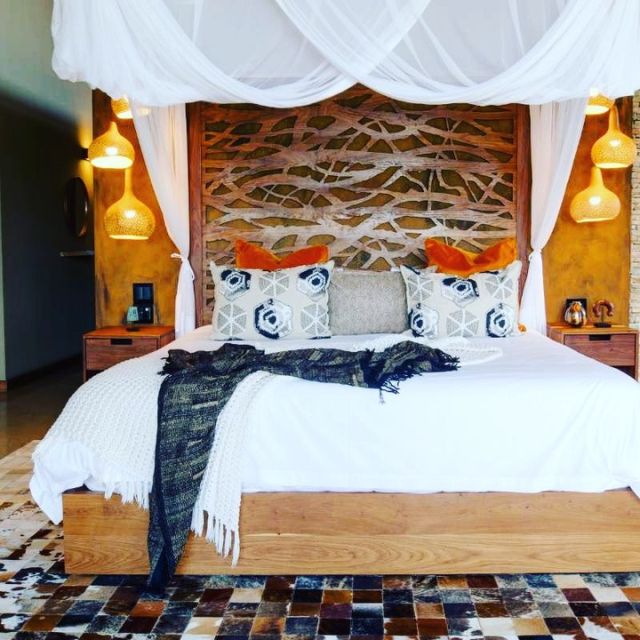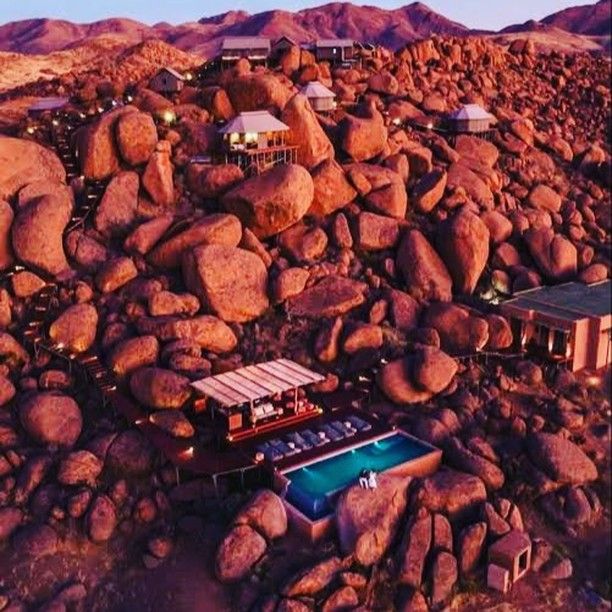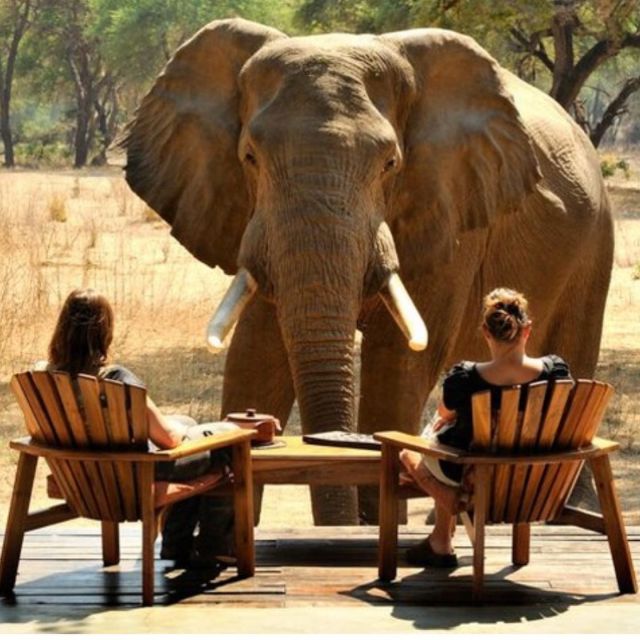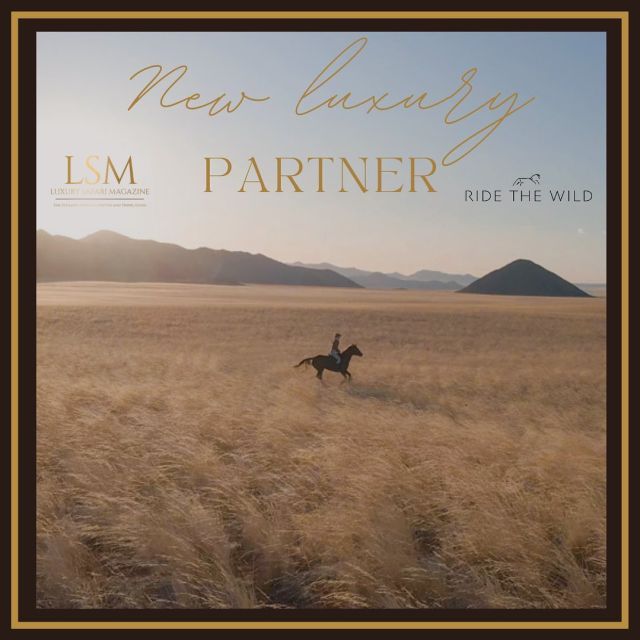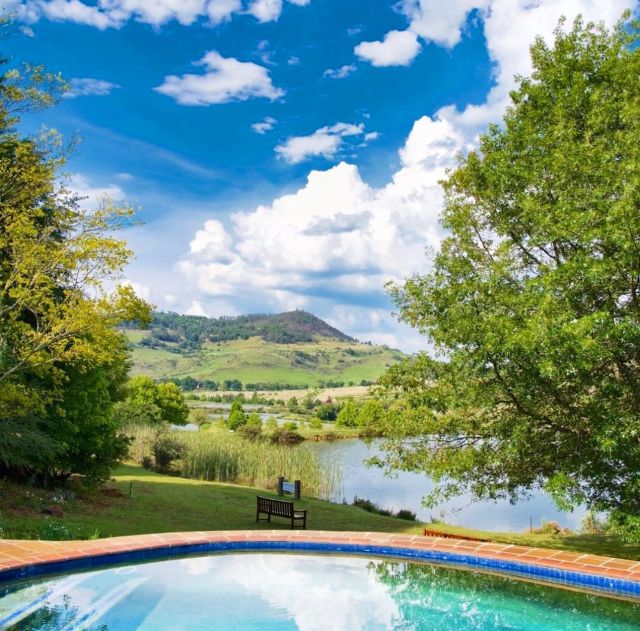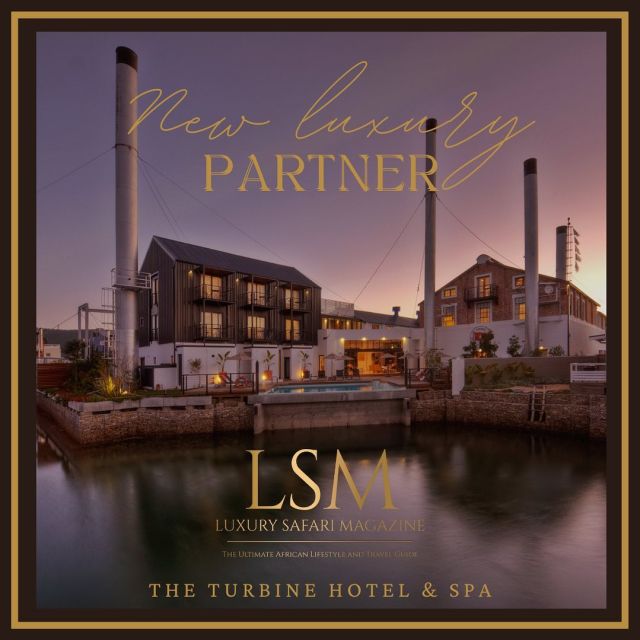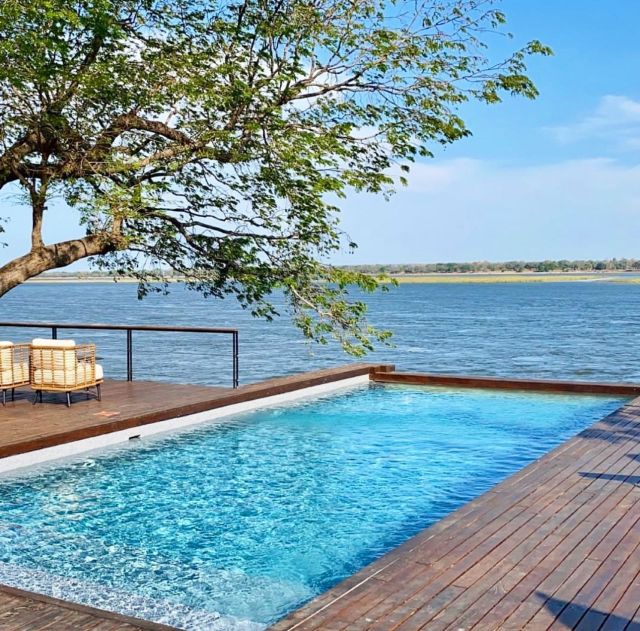June 20, 2022
Discovering Plett and Knysna… South Africa’s Garden of Eden
It’s the end of the day and we are out on the water, a glass of bubbles in hand and platter of canapes in front of us. We’ve come to spend the weekend in two of the beautiful coastal towns on the southern tip of South Africa, in the middle of the renowned Garden Route. Five and a half hours drive from Cape Town Knysna is a little gem of a town, on the banks of a beautiful lagoon with the Knysna Heads towering in the distance. In a few days’ time our next port of call will be Plettenberg Bay (nicknamed Plett), a sunny seaside town, set on a steep slope leading down to the sea, with gorgeous views over the bay and surrounding mountains. Both Knysna and Plett offer a mix of culture, wildlife, luxury and relaxation, and both are stunning spots for visitors who want a taste of South Africa’s coastal beauty. These two popular areas aren’t crammed full of tourists, but rather offer a more authentic and relaxed destination for all who visit. A mere 30km apart how do you choose between the two towns? The answer is, you don’t! Each has a different appeal and is best appreciated as a pair, so do what we did and visit them both!
Out on the boat, we are heading towards the Knysna Heads. A brightly coloured sailboat crosses our path, and we give it a friendly wave. Sea birds swoop and soar overhead. Separated by less than a 300m stretch of water, the Knysna Heads are a pair of sandstone cliffs that divide the lagoon and river estuary from the sea beyond. This pair of rocky headlands, at the western and eastern ends of the two peninsulas that embrace the Knysna basin, stand like tall sentries, framing the picturesque lagoon, with the ocean waters surging and crashing dramatically between them. On the Eastern Head, easily accessible by car, are residences, farmland, an 18-hole championship golf course and spectacular views of the Indian Ocean, lagoon, estuary and the Outeniqua Mountains. Meanwhile, on the Western Head, only accessible by ferry, is the beautiful Featherbed Nature Reserve. The lagoon itself is also a protected marine reserve and home to the endangered Knysna seahorse that’s endemic to the south coast of South Africa.
As the sun sets, we head back through the canals, under the bridges and past the man-made islands of the Thesen marina development, to the Turbine Boutique Hotel & Spa. The hotel is the result of an ambitious project, which saw a dilapidated old power station being transformed into a quirky 5-star boutique hotel. The bare bricks and huge whitewashed walls give the hotel an industrial aesthetic, but one that is softened by the playfulness of the artwork and furnishings. The old machinery, including four imposing steam towers, massive turbines, pillars, pipes and cables, all once used in the power station, has been restored and refurbished and, now painted vivid shades of red, blue, green and orange, form an integral part of the hotel’s funky décor.
From fresh oysters to pork ribs, chicken wings to lamb koftas, dinner the hotel’s Gastro Pub, built around the hotel’s fifth turbine, was a laid-back but delicious meal. With high ceilings, thick stone walls, an impressive mahogany bar and massive hooks and chains dating back to its power plant days, we sampled craft gins and cocktails, while listening to live music and discussing plans for the following day, which would include a hike, lunch and a visit to the spa.
Knysna Forest is a mass of greenery. With giant trees, tumbling vines, and sunlit trails, this is one of the largest remaining areas of ancient forest in South Africa. With species including Yellowwood, the largest and oldest trees, which grow tall above the forest canopy, to the Stinkwood, one of the most sought-after timbers in South Africa, as well as Ironwood, Cape Chestnut, Cape Ash, Candlewood and wild figs, some of the trees here are over 800 years old. This is a beautiful place to hike, and we spent several hours walking the boardwalks and dirt tracks, exploring the lush forest, waterfalls and streams. For me, one of the highlights was spotting the elusive white-crested Knysna Loerie.
Lunch at the hotel’s Island Café, outside, at a table overlooking the canal, was both delicious and well earned after our morning exertions. The fresh seafood and spiced tomato curry, with coconut rice, cucumber, yoghurt and pickled coconut were so delicious that I was sorely tempted to order it again when we returned to eat at the restaurant for dinner that night; though after much deliberation the mussel bouillabaisse on the menu finally swayed my indecision. A visit to the spa for a massage was the perfect afternoon, between meals, and activity!
Leaving Knysna the next morning, it was off to Plettenberg Bay, but not before a detour en route for some adrenaline-filled ziplining. With six cables, crisscrossing for several kilometres, 200m above the Kranshoek Gorge. This is not an activity for someone scared of heights, but once you have got over any initial nerves, there are some terrific views over the Indian Ocean and the lush forest below.
After our morning’s excitement, it was a treat to reach Plettenberg Bay and meander up the tree-lined road to the beautiful five-star Sky Villa Boutique Hotel. Once a privately owned mansion with breath-taking 360⁰ views of the Indian Ocean, Tsitsikamma and Langkloof Mountains, Keurbooms River, and the Plettenberg Lagoon, Sky Villa is now a hotel with beautifully landscaped gardens that are dotted with contemporary South African sculptures. The hotel’s 14 luxury rooms all have their own private terraces, there’s a fully equipped gym, swimming pool, a snooker room, wine cellar and an art gallery featuring a mix of local artists, plus works from Johannesburg, Cape Town and beyond. The rooftop Sky-Bar is perfect for sundowners, and watching a red full moon rising over the ocean was a definite highlight of the weekend. The restaurant serves delicious food, featuring fresh local ingredients as well as hotel-grown herbs and vegetables. There is also a stand-alone, 6-bedroomed, private villa available to book on the property.
Plettenberg Bay lies almost on the border of the Western and Eastern Cape. With its beachy holiday vibe, Plett is perched on a sweeping crescent of white sandy beach, with a backdrop of rugged mountains and beautiful indigenous forest. It’s a perfect base for exploring the central area of the Garden Route. There’s plenty for the outdoorsy types, with water sports and hiking, but there are also boutiques, several vintage and antique shops, numerous trendy cocktail bars, sophisticated bistros and good restaurants, it’s also South Africa’s smallest wine-growing region with 58 hectares planted to vines. Bramon Wines was the first estate to pioneer vineyards in the Plettenberg Bay area and is only 20 km away from the town itself. Their award-winning Methode Cap Classique bubbles and Sauvignon Blancs are a must-try.
We started the next morning with an invigorating 4-hour hike, on the 9km Point Circuit track, through the beautiful and rugged Robberg Nature Reserve, just 8km from Plett. Situated on a wild and rocky coastal peninsula, Robberg offers epic panoramic views of the bay. The rugged, windswept cliffs are superb for whale and dolphin spotting at the right time of year, and there’s a huge resident population of Cape Fur Seals. Looking down as we hiked the cliffs, we could a sting ray, initially well camouflaged and partially submerged under the sand, but then gliding through the clear blue water. The area is brilliant for birding with Cape Robins, Cape White-eyes, Orange-breasted Sunbirds and Red-winged Starlings, as well as a plethora of gulls, gannets, terns and cormorants. We had some great views of the near-threatened African Black Oyster Catcher as they scrabbled over the rocks with their vivid red legs. The Robberg Nature Reserve is a World Heritage Site and the rocks here date back 120,000 years, and you can find evidence of Stone Age inhabitation in some of the caves dotted along the trails.
For a post-hike lunch, we headed to Sky Villa’s sister property in Plett, The Bungalow, for lunch. Just five minutes from town and right on the beach, The Bungalow has a much more relaxed, surfer vibe, but is no less luxurious. The sushi was sensational, and there were even vegan sushi options for those that way inclined in our party. Lunch was followed by a bit of post-prandial retail therapy in Plett’s main street and a coffee before back to the hotel to freshen up for our final dinner of the weekend. The following morning, our fabulous long weekend over, we will be heading back to Cape Town.
Written by Sarah Kingdom
